LaDIA Fellows Program
About | Past Fellows | How to Apply
2019 Fellows
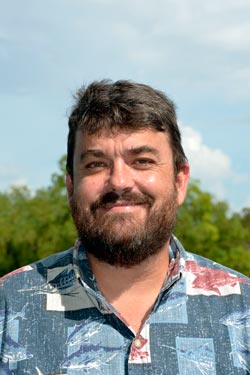 Kelly Boyle
Kelly Boyle
University of New Orleans,
Department of Biological Sciences
What I Do:
My research examines how sound has influenced evolution, ecology, and behavior of coastal fish species. I study how fish use sound in communication and spawning behavior. I am also interested in measuring hearing sensitivity among different lineages of fishes. Additionally, I am interested in using soundscape analyses in fisheries ecology.
Why It’s Important:
The role of sound production in fish spawning behavior remains poorly understood for many species, including ecologically and commercially important coastal species. Hearing sensitivities and noise impacts on behavior of most fish species are completely unknown. These data will provide important management considerations for species adversely impacted by anthropogenic noise.
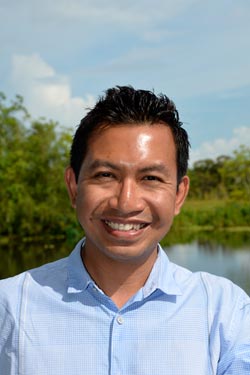 Ignatius Cahyanto
Ignatius Cahyanto
University of Louisiana at Lafayette,
Department of Hospitality Management
What I Do:
My research agenda is tourism planning and development. Specific interests involve crisis and disaster management for coastal tourism destinations and strategic measures to enhance destination resilience. I also conduct research on decision-making processes related to risky travel decisions (e.g. visitor evacuation behavior, information search).
Why It’s Important:
Due to its benefits, tourism is a community development tool; however, extreme events can cause socio-economic problems for tourism-reliant regions. Findings from my research have enabled these areas to better plan, develop, and market their destinations, and to improve their resilience.
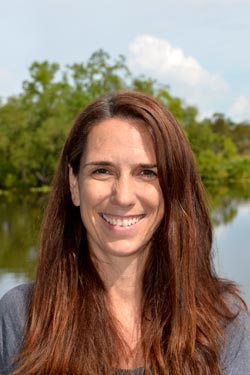 Traci Cox
Traci Cox
University of New Orleans,
Department of Biological Sciences
What I Do:
I study benthic ecology of coastal ecosystems. Specifically, I examine links between chemical and physical environment, marine macrophyte abundance and physiology, and community composition to identify human impacts on coastal ecosystems. My recent interests include ocean acidification effects on seagrass ecology and the role of algae in artificial reef production.
Why It’s Important:
Coastal ecosystems provide valuable human services such as shoreline protection and habitat for valuable fishery species. My research on habitat quality helps managers to invest in conservation and restoration in order to maintain services as ecosystems face historic anthropogenic threats (e.g. pollution, overfishing) and new challenges from climate change.
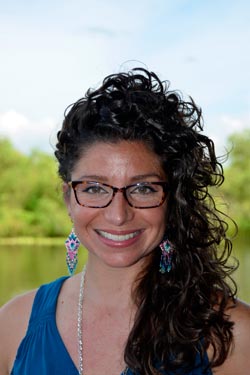 Juliana D’Andrilli
Juliana D’Andrilli
LUMCON
What I Do:
The continuing development of dissolved organic matter’s role in ecosystem function in changing aquatic and terrestrial environments is central to my research program. My research surveys dissolved organic matter composition and quantity for marine, freshwater, and terrestrial carbon cycling (biotic/abiotic) processes, uniting chemical measurements with biological, physical, and ecological approaches.
Why It’s Important:
Dissolved organic matter (DOM) represents the largest reservoir of reactive carbon as it fuels microbial activity and couples nutrient cycles. Exacerbated DOM processing rates and products (outgassing carbon dioxide) are expected with destabilizing permafrost, glaciers, and coastal/wetland soils, thus determining its composition and impact is essential in a warming climate.
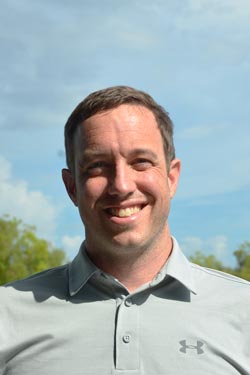 Michael Dance
Michael Dance
Louisiana State University,
Department of Oceanography and Coastal Sciences
What I Do:
The primary purpose of my research is to address scientific gaps in our understanding of population dynamics of aquatic organisms. My approach integrates elements of spatial ecology, geochemistry, and ecosystem modeling to address both fundamental and applied ecological questions related to animal movement and population connectivity in marine ecosystems.
Why It’s Important:
Animal movement provides information on the physiological and environmental drivers of habitat selection and can help us understand how these processes affect local and regional population dynamics. My research focuses on movement of marine fishes to improve stock assessments and ecosystem-based management strategies for fisheries in a changing coastal environment.
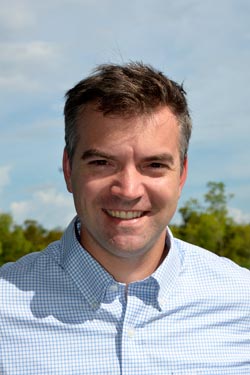 Thomas Douthat
Thomas Douthat
Louisiana State University,
Department of Environmental Sciences
What I Do:
My research focuses on how law and policy affect the ability to solve collective action problems posed by environmental change, and urbanization. I have studied these issues in the context of agricultural systems and transportation, and am currently beginning a project on the implementation of planning around coastal land loss.
Why It’s Important:
The here is a need to understand what agency localities have in addressing and planning challenges relating to building responses to environmental hazards and climate change. My research is translational in terms of its integration of special and social network analysis with issues of law and policy.
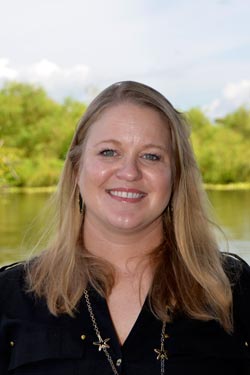 Jennifer Hill
Jennifer Hill
Louisiana Tech University
Department of Biological Scieces
What I Do:
My research combines empirical lab and field experiments to examine how anthropogenic impacts, animal behavior, predator-prey interactions, and environmental context contribute to ecological patterns and processes in coastal communities.
Why It’s Important:
My research helps to understand how anthropogenic impacts and changing environments will influence organismal functions and interactions. From this research, we can predict how organisms and communities will look and function due to impacts from climate change, pollution, etc. which can influence the conservation and management of species and communities.
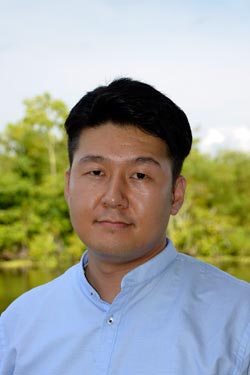 Yong-Cheol Lee
Yong-Cheol Lee
Louisiana State University,
Department of Construction Management
What I Do:
My research aims to improve the resilience of coastal infrastructure, off-shore facilities, and enhance the quality of life for coastal residents by (1) developing an artificial intelligence(AI)-based deep-learning prediction model of wind and flood hazards and (2) building modular construction-based strategies for post-disaster recovery and proactive reconstruction of coastal communities.
Why It’s Important:
My research is important because the development of data-driven natural disaster prediction, mitigation plans, and rapid post-disaster recovery is a critical pillar to reduce the threats of extreme natural events, facilitate recovery, enhance coastal residents’ safety, and maintain sustainable coastal communities, bridging the gaps between the engineering/construction communities and decision-makers.
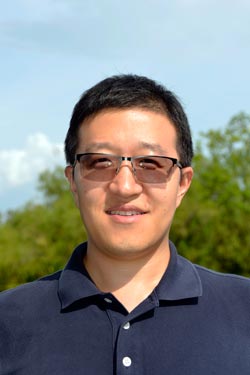 Hai (Thomas) Lin
Hai (Thomas) Lin
Louisiana State University,
Department of Environmental Engineering
What I Do:
Microbially Induced Carbonate Precipitation relies on naturally-occurring biological metabolic activity to produce calcite (CaCO3) cementation within the soil matrix, thereby improving the strength of the sand dunes and preventing erosion from storm surges.
Why It’s Important:
This research will enhance the integrity of coastal barrier islands by stabilizing sand dues from storm surge erosion. Preliminary studies showed that MICP could be used for stabilizing sediments in the marine environment.
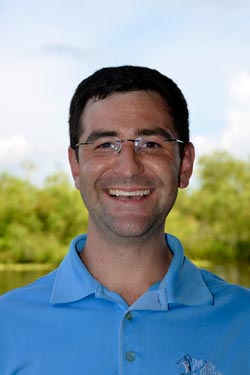 Paul Miller
Paul Miller
Louisiana State University,
Department of Oceanography and Coastal Sciences
What I Do:
Disorganized convection refers to brief, isolated, quasi-random thunderstorms forming within hot, muggy, and stagnant summertime environments. As the most common type of thunderstorm in the Southeast U.S., my research better understands and predicts their severe weather tendencies, rainfall production, and how their frequency might change in future climate scenarios.
Why It’s Important:
Disorganized convection dominates year-round tropical and summer mid-latitude thunderstorm activity. Their precipitation and associated hazards (i.e., flooding, lightning) simultaneously benefit and threaten much of the globe. My disorganized thunderstorm research helps operational meteorologists better forecast their hazards; decision-makers understand potential changes in water supply; and ecologists study their abiotic disturbance.
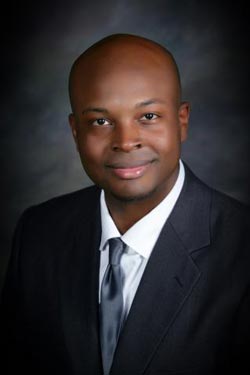 Robert Miller
Robert Miller
University of Louisiana at Lafayette
Department of Civil Engineering
What I Do:
I develop mathematical models to simulate cause and effect relationships in water resources and environmental engineering. My main focus areas are mathematical biology (structured population dynamics) and the development of regional models which describe the hydrodynamics and transport characteristics of surface water systems (estuaries, river basins, and inland drainage).
Why It’s Important:
My work helps to address the resiliency puzzle which challenges the management and sustainability of complex hydro-biological systems. I also feel that it provides a valuable opportunity to articulate challenges related to multidisciplinary work in general – starting from curriculum development all the way through organizational structures and communication frameworks.
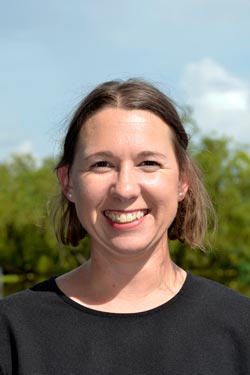 Jessica Pearce
Jessica Pearce
University of Louisiana at Lafayette
Department of Sociology
What I Do:
My research centers on meaning-making in online communities. Most recently I observed the ways in which local residents shared information, emotions, and personal social media messages in the wake of the Grand 16 Theatre shooting in Lafayette, La in 2015.
Why It’s Important:
My research seeks to understand how local residents share grief, support, and information online following a violent crime in a public space. Social media is a part of the collective grieving process, It is important that sociologists document and explain the use of social media in this process.
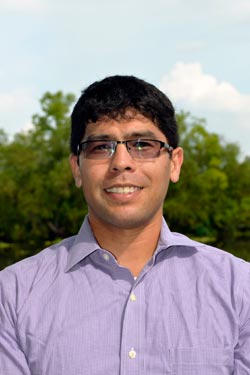 Jerrod Penn
Jerrod Penn
Louisiana State University AgCenter,
Department of Agricultural Economics
What I Do:
I am an environmental-resource economist, focused on nonmarket valuation. I put monetary values on ecosystem services and related elements of the environment, and have participated in other coastal/beach management-related questions in past projects.
Why It’s Important:
Generating monetary values is crucial for crafting policy. Specifically, policymakers must often calculate and weigh the costs and benefits of different policy alternative and of competing stakeholders and interests. Without monetizing ecosystem service values, the value typically used is zero, leading to flawed recommendations.
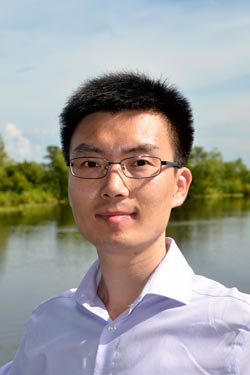 Chao Sun
Chao Sun
Louisiana State University,
Department of Civil Engineering
What I Do:
My research is focused to understand the loading and failure mechanisms of coastal infrastructures (residential buildings, power grids, bridges and energy infrastructures) under extreme events, e.g., hurricane storms, strong waves, flooding and etc. The research objective is to create resilient coastal infrastructures/communities under impacts of extreme events and climate change.
Why It’s Important:
To achieve resilient coastal infrastructures/communities under extreme climate hazards, it is essential to understand the failure mechanisms of the coastal infrastructures and the loading effect of the extreme hazards. Unfortunately, our current understanding about this field is very limited. Therefore, my research focusing on understanding the extreme hazards is important.
 Z. George Xue
Z. George Xue
Louisiana State University,
Department of Oceanography and Coastal Sciences
What I Do:
I use state-of-the-art numerical models on super computer platforms to reproduce and project physical and biogeochemical processes in the land-ocean interaction zone. My research interests include sediment, nutrient, and carbon dynamics in large river delta and marginal sea system. I also study climate change’s impact on coastal river basins.
Why It’s Important:
My research centered on the understanding of a wide range of coastal hazards including sea-level rise and land loss, abnormal climate events (hurricanes/floods), and water qualities (eutrophication, hypoxia, and acidification, etc.). These topics are closely related to the dense population along the coastline.
